Lipid presentation by the protein C receptor links coagulation with autoimmunity
Several autoimmune diseases, including systemic lupus erythematosus and primary antiphospholipid syndrome, are characterized by the presence of antiphospholipid antibodies (aPLs). These molecules can activate the complement and coagulation cascades, which contributes to pathologies such as thrombosis, stroke, and pregnancy complications. Müller-Calleja et al. found that endothelial protein C receptor (EPCR) in complex with lysobisphosphatidic acid (LBPA) is the cell-surface target for aPL and mediates its internalization (see the Perspective by Kaplan). aPL binding to EPCR-LBPA resulted in the activation of tissue factor–mediated coagulation and interferon-α production by dendritic cells. Interferon-α, in turn, fueled the expansion of B1a cells, which secrete aPLs. The specific blockade of this target in mice inhibited the development of aPL autoimmunity, offering hope for future therapies for these conditions. Science , this issue p. [eaay1833][1]; see also p. [1100][2] ### INTRODUCTION Antiphospholipid antibodies (aPLs) transiently appear in infectious diseases but can persist in primary antiphospholipid syndrome (APS) or in association with other autoimmune diseases, including lupus erythematosus. Clinical manifestations of APS range from venous thrombosis and stroke to severe microangiopathic organ damage and pregnancy complications. The activation of coagulation and complement cascades is crucial for the pathogenic effects of aPLs as well as for their proinflammatory cell signaling in innate immune, vascular endothelial, and embryonic trophoblast cells. However, the diverse reactivity of aPLs with negatively charged lipids and with blood proteins has hampered the identification of the central mechanism(s) underlying aPL pathogenic signaling. ### RATIONALE Lipid-reactive aPLs sensitize innate immune cells to toll-like receptor 7 (TLR7) agonists and up-regulate the coagulation initiator tissue factor (TF). TF-dependent signaling by protease-activated receptor 2 (PAR2) involves the endothelial protein C receptor (EPCR, encoded by PROCR ), and this signaling complex specifically participates in interferon (IFN) responses downstream of TLR4. Because aPLs are potent inducers of IFN-α production by dendritic cells, we tested the hypothesis that EPCR contributes to APS pathologies and the development of aPL autoimmunity. ### RESULTS We found that EPCR serves as the cell surface receptor for aPLs and mediates aPL internalization following a previously delineated TF–integrin trafficking route in monocytes. Knock-in mutagenesis of the EPCR intracellular cysteine residue in Procr C/S mice abolishes aPL endosomal trafficking and aPL proinflammatory and IFN signaling in innate immune cells. We show that these mutant mice have a defect in the ability to exchange phosphatidylcholine structurally bound to EPCR with a late endosomal lipid, lysobisphosphatidic acid (LBPA). This exchange requires ALG-2-interacting protein X (ALIX)–dependent endolysosomal sorting. aPL binding specifically to cell surface EPCR-LBPA disrupts an inhibited TF complex and thereby induces coagulation activation that elicits autocrine PAR signaling in monocytes. This initial aPL effect translocates acid sphingomyelinase (ASM) to the cell surface, where it is activated by EPCR-LBPA to alter the procoagulant membrane properties of monocytes. Stereoselective LBPA loading of EPCR is also required for aPL signaling in embryonic trophoblast cells. Procr C/S mice or mice treated with a specific function-blocking antibody to EPCR-LBPA are protected from aPL-induced thrombosis and fetal loss. Notably, EPCR-LBPA engagement not only promotes the detrimental pathological consequences of aPLs but also drives dendritic cell IFN-α production for expansion of aPL-producing B1a cells. In an experimental model of APS, Tlr7−/− and Procr C/S mice cannot expand B1a cells responsible for production of lipid-reactive aPLs. Blockade of EPCR-LBPA signaling is sufficient to prevent the development of aPLs in mice with a TLR7-dependent systemic lupus erythematosus–like syndrome. Moreover, lupus-associated kidney pathology is markedly attenuated by the inhibition of EPCR-LBPA signaling. ### CONCLUSION Pathogenic aPLs recognize a single cell-surface lipid–protein receptor complex that is positioned at the intersections of coagulation and innate immune signaling and involved in the regulation of antimicrobial host defense. Specific blockade of this target not only prevents the pathological consequences of aPLs in vivo but also impairs a self-amplifying autoimmune signaling loop contributing to the development of APS autoimmunity. ![Figure][3] The recognition of EPCR-LBPA by aPLs promotes autoimmunity. The interaction of aPLs with EPCR-LBPA promotes activation of embryonic trophoblast cells, monocytes, and dendritic cells. (Right) On monocytes, disruption of the inhibitory control of the coagulation initiator TF induces cellular activation through PAR signaling, which is responsible for recruiting ASM to the cell surface. EPCR-LBPA activation of ASM then causes procoagulant lipid exposure and aPL endosomal trafficking. The subsequent up-regulation of tumor necrosis factor (TNF) and TF is central to thrombosis and pregnancy complications. (Left) In addition, aPL induction of IFN-α in dendritic cells sustains a TLR7-dependent expansion of aPL-producing B1a cells and thereby promotes autoimmunity. NOX, nicotinamide adenine dinucleotide phosphate oxidase; ROS, reactive oxygen species. Antiphospholipid antibodies (aPLs) cause severe autoimmune disease characterized by vascular pathologies and pregnancy complications. Here, we identify endosomal lysobisphosphatidic acid (LBPA) presented by the CD1d-like endothelial protein C receptor (EPCR) as a pathogenic cell surface antigen recognized by aPLs for induction of thrombosis and endosomal inflammatory signaling. The engagement of aPLs with EPCR-LBPA expressed on innate immune cells sustains interferon- and toll-like receptor 7–dependent B1a cell expansion and autoantibody production. Specific pharmacological interruption of EPCR-LBPA signaling attenuates major aPL-elicited pathologies and the development of autoimmunity in a mouse model of systemic lupus erythematosus. Thus, aPLs recognize a single cell surface lipid–protein receptor complex to perpetuate a self-amplifying autoimmune signaling loop dependent on the cooperation with the innate immune complement and coagulation pathways. [1]: /lookup/doi/10.1126/science.aay1833 [2]: /lookup/doi/10.1126/science.abg6449 [3]: pending:yes












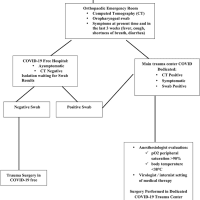


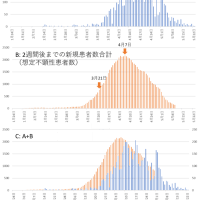
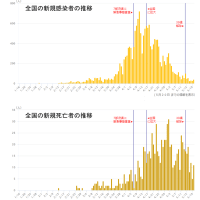
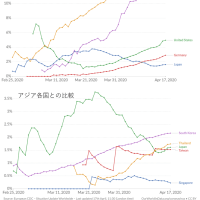
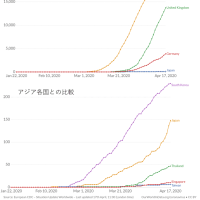

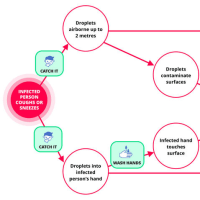
※コメント投稿者のブログIDはブログ作成者のみに通知されます